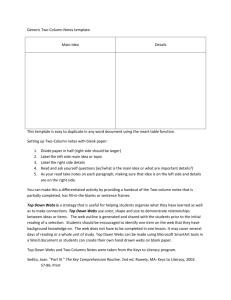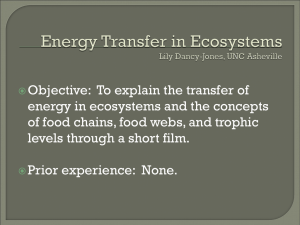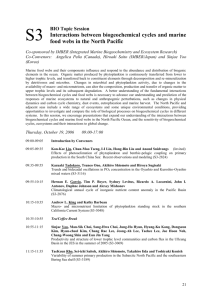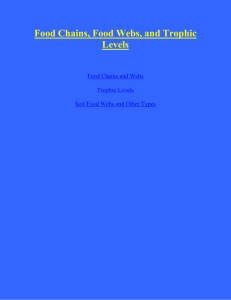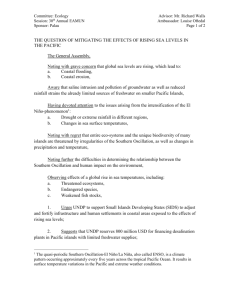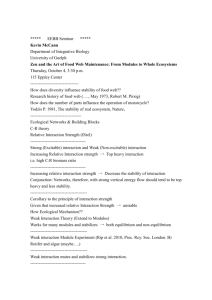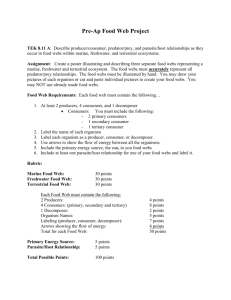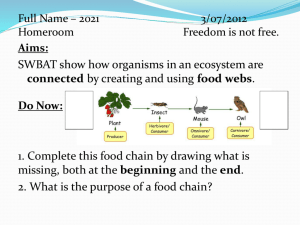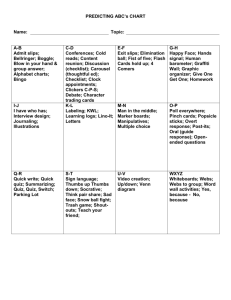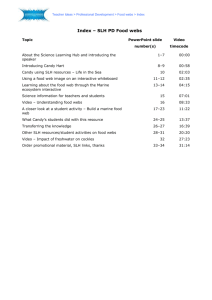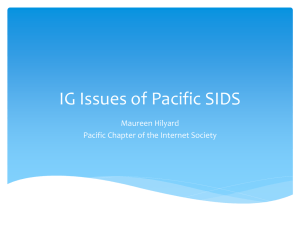The Human Web chapter vi part 1 questions
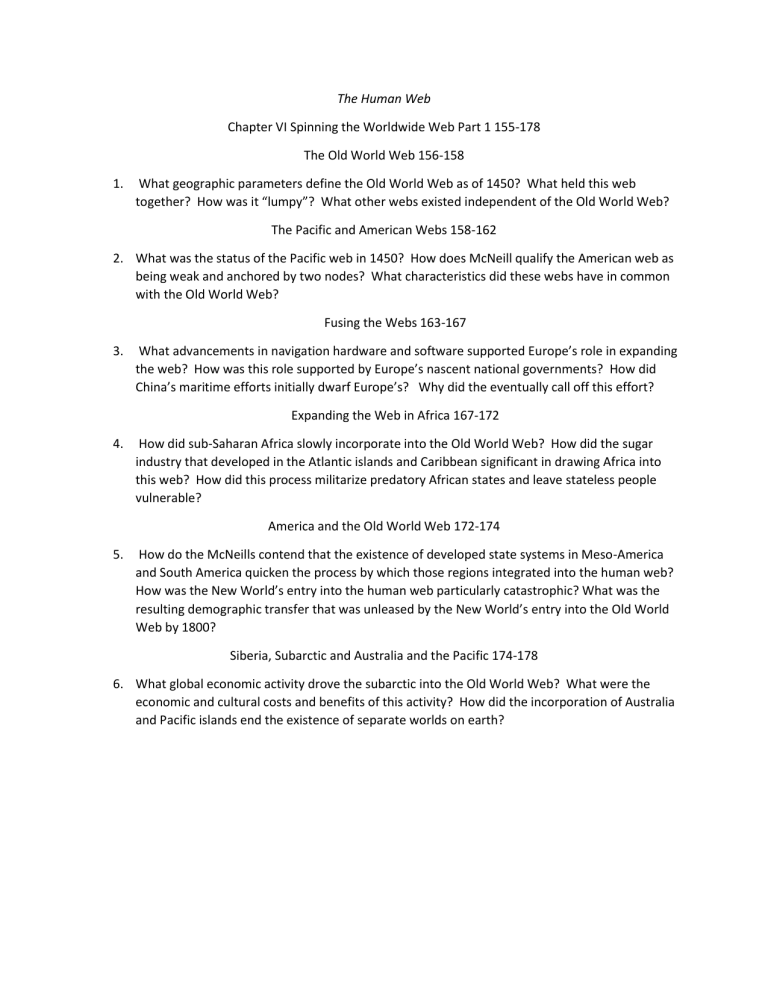
The Human Web
Chapter VI Spinning the Worldwide Web Part 1 155-178
The Old World Web 156-158
1.
What geographic parameters define the Old World Web as of 1450? What held this web together? How was it “lumpy”? What other webs existed independent of the Old World Web?
The Pacific and American Webs 158-162
2.
What was the status of the Pacific web in 1450? How does McNeill qualify the American web as being weak and anchored by two nodes? What characteristics did these webs have in common with the Old World Web?
Fusing the Webs 163-167
3.
What advancements in navigation hardware and software supported Europe’s role in expanding the web? How was this role supported by Europe’s nascent national governments? How did
China’s maritime efforts initially dwarf Europe’s? Why did the eventually call off this effort?
Expanding the Web in Africa 167-172
4.
How did sub-Saharan Africa slowly incorporate into the Old World Web? How did the sugar industry that developed in the Atlantic islands and Caribbean significant in drawing Africa into this web? How did this process militarize predatory African states and leave stateless people vulnerable?
America and the Old World Web 172-174
5.
How do the McNeills contend that the existence of developed state systems in Meso-America and South America quicken the process by which those regions integrated into the human web?
How was the New World’s entry into the human web particularly catastrophic? What was the resulting demographic transfer that was unleased by the New World’s entry into the Old World
Web by 1800?
Siberia, Subarctic and Australia and the Pacific 174-178
6.
What global economic activity drove the subarctic into the Old World Web? What were the economic and cultural costs and benefits of this activity? How did the incorporation of Australia and Pacific islands end the existence of separate worlds on earth?
